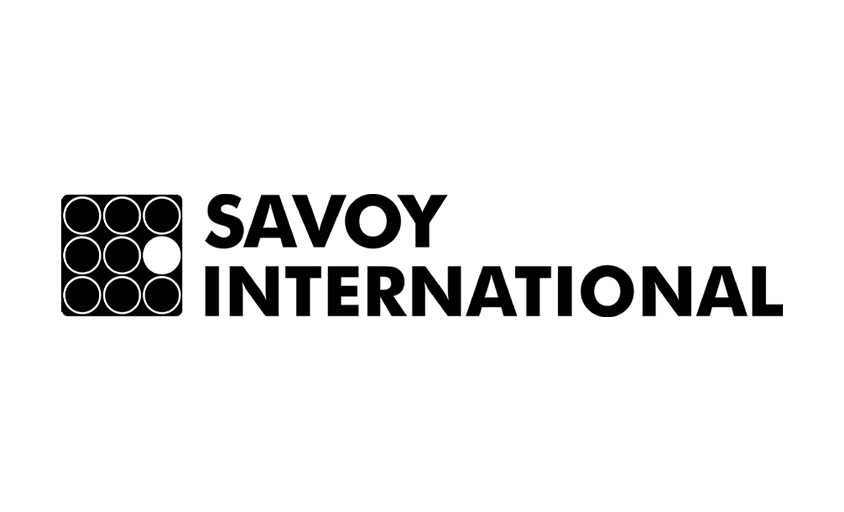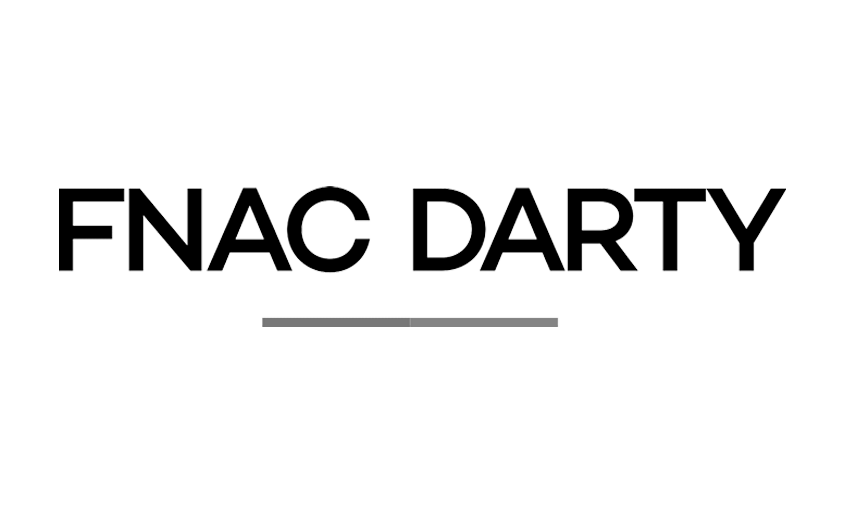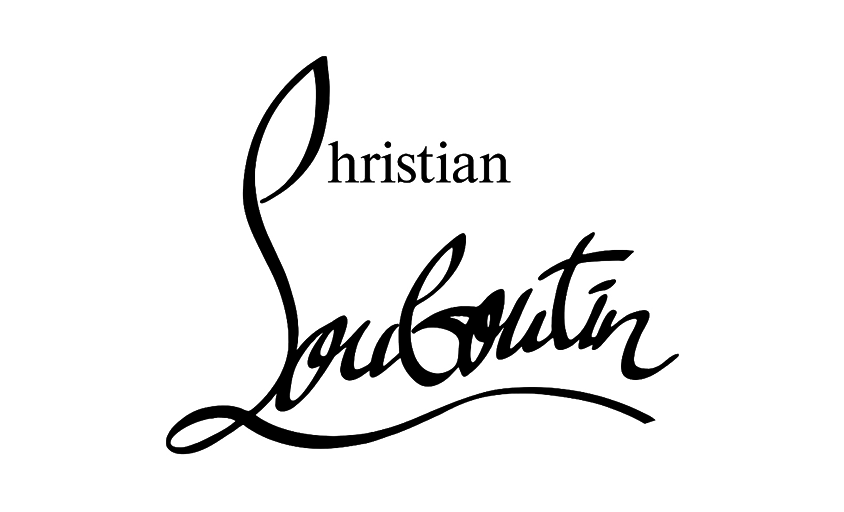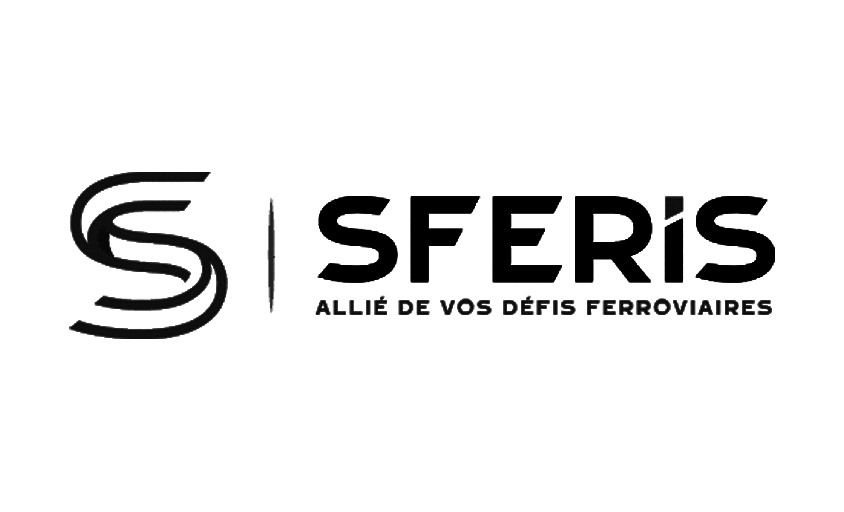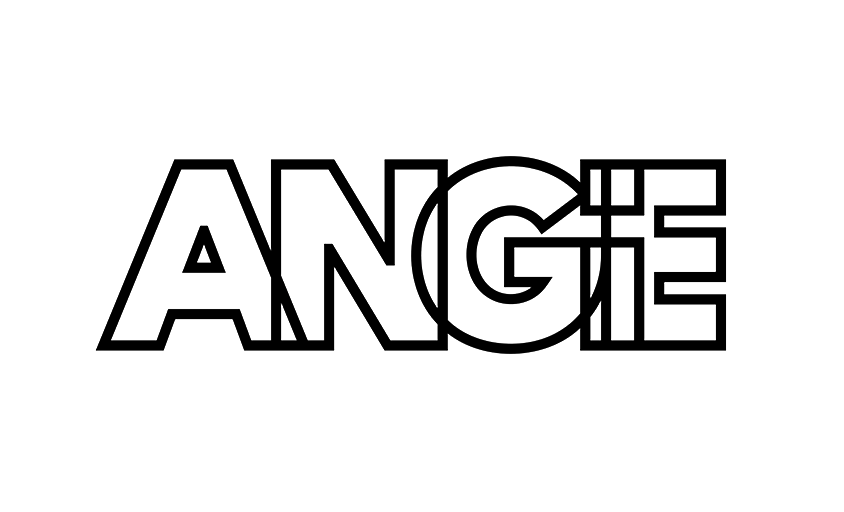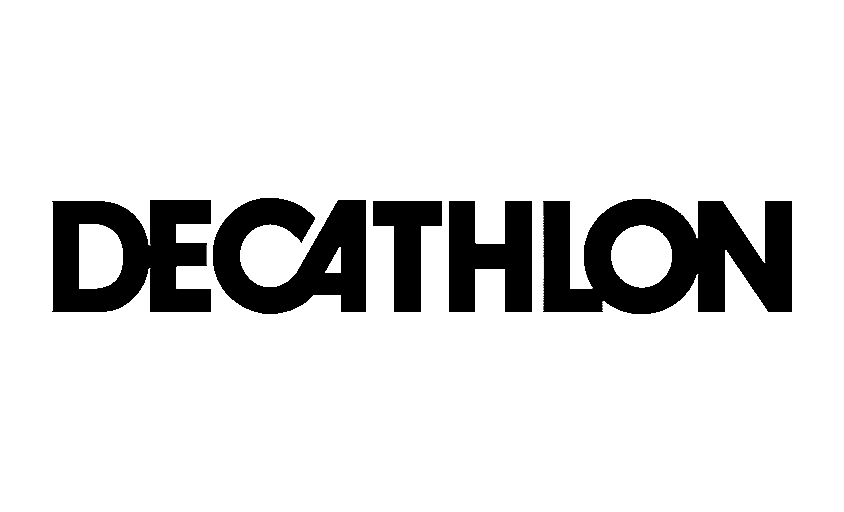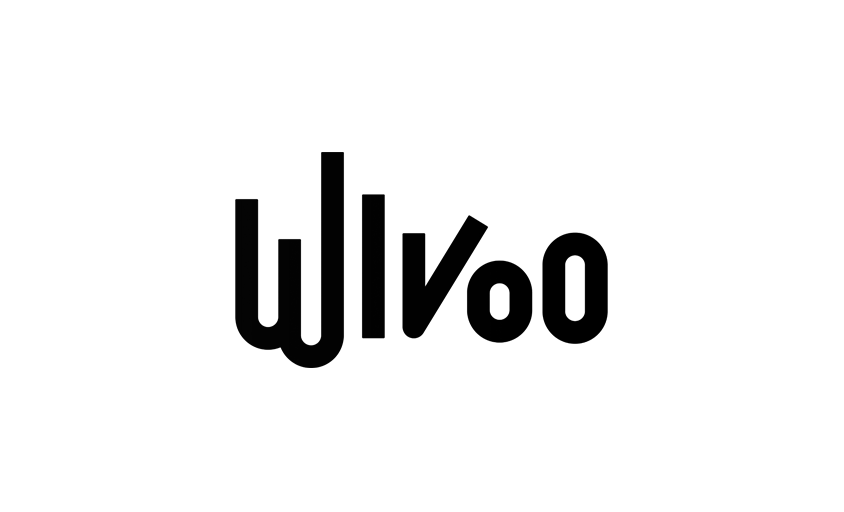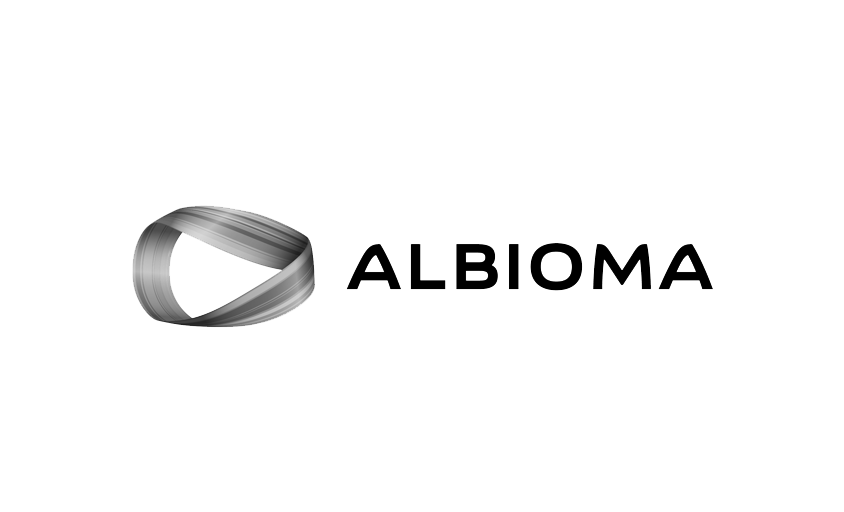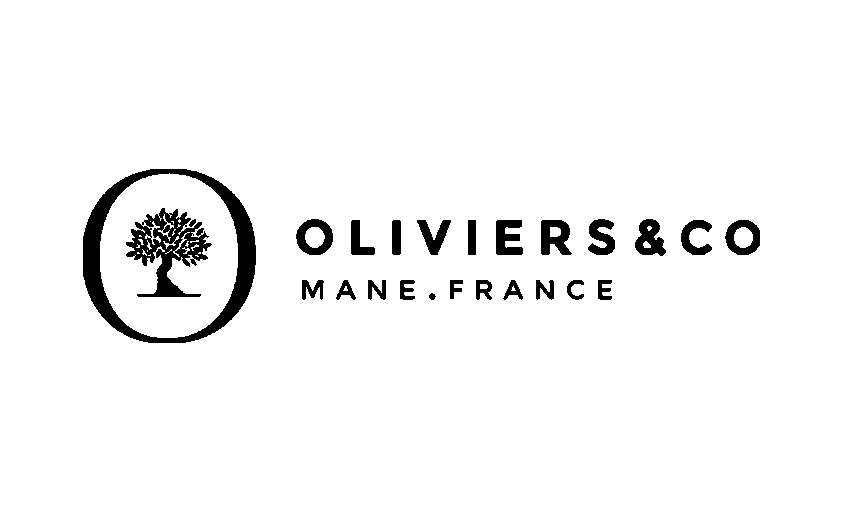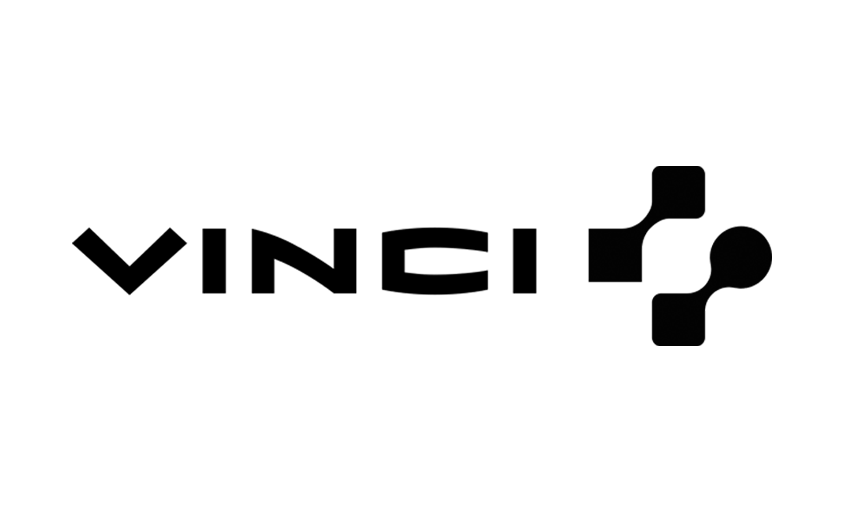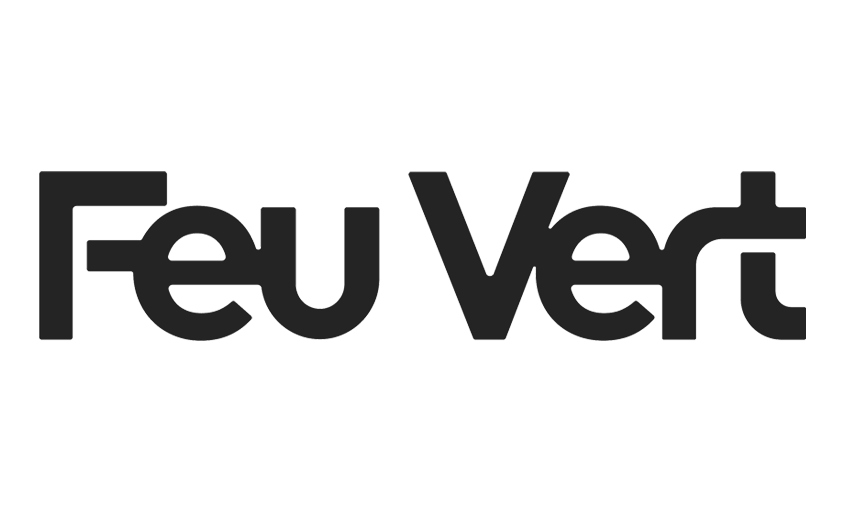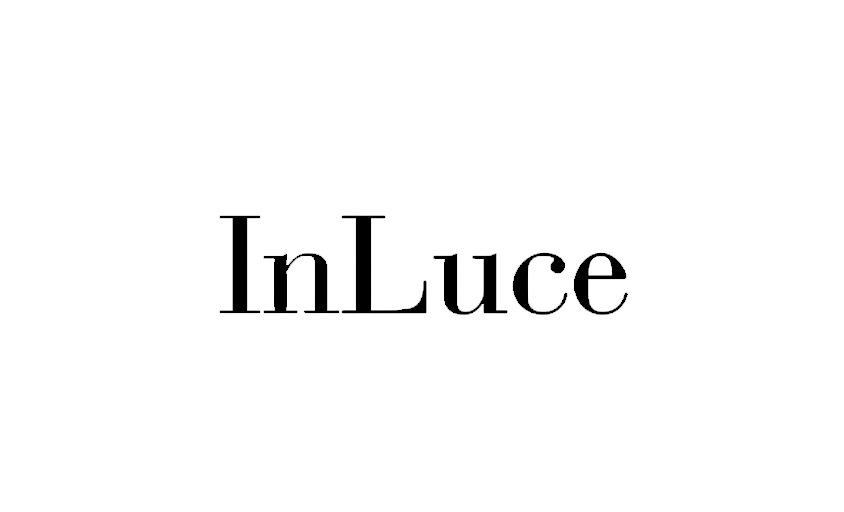JPEG File
In this article :
The JPEG format, short for Joint Photographic Experts Group, is one of the most widely used standards for storing and sharing digital images. Created in the early 1990s to standardize still image compression, it significantly reduces file size while maintaining sufficient visual quality for most common uses. Whether for web publishing, large-scale photo storage, or home printing, JPEG remains an essential format, universal, lightweight, and compatible with all devices.
Key Characteristics of the JPEG File
- Lossy Compression: JPEG uses lossy compression, meaning some image data is discarded to reduce file size. The level of compression can be adjusted, offering a trade-off between image quality and file weight.
- Wide Compatibility: JPEG files are broadly supported by digital cameras, smartphones, photo editing software, and online platforms, making the format highly versatile and user-friendly.
- Automatic Processing: When saving an image in JPEG format, the camera automatically applies settings such as white balance, contrast, and sharpness, resulting in a ready-to-use image.
How Does JPEG Compression Work?
The JPEG format uses a lossy compression algorithm based on transforming image data into blocks of pixels (typically 8×8). These blocks are analyzed to remove details that are less perceptible to the human eye. This method relies on the Discrete Cosine Transform (DCT), which reduces spatial redundancy within the image. In simple terms, the higher the compression rate, the more visual information (often the subtler ones) is permanently lost. This explains the appearance of compression artifacts (blurred areas, blocky effects) when the file is overly compressed. This approach creates lightweight files while maintaining visually acceptable quality in non-professional contexts.
Advantages of the JPEG Format
- Storage Efficiency: Compression allows more images to be stored on a memory card or hard drive, which is particularly useful for amateur photographers or when traveling.
- Easy Sharing: The smaller file size makes it easier to share images via email, social media, or websites without significantly affecting load times or bandwidth.
- Ready-to-Use: JPEG images can be printed or shared immediately after capture, without requiring any additional post-processing.
JPEG Format Limitations You Should Know
While convenient, JPEG does come with drawbacks. Its lossy compression results in irreversible quality degradation, which can worsen with every save or modification. This is known as generation loss, each time you resave a modified JPEG, the image quality gradually decreases. Furthermore, JPEG is not suitable for visuals requiring transparency(like logos or web interfaces), nor for images that demand high color accuracy, such as professional prints or advanced photo retouching. In such cases, alternative formats like PNG (lossless), TIFF, or RAW are more appropriate.
Optimizing JPEG Usage
- Choose the Right Compression Level: Adjust compression settings based on how the image will be used to strike a balance between quality and file size.
- Use for Everyday Needs: JPEG is ideal for personal photos, online sharing, or small to medium-size prints.
- Save in RAW for Critical Projects: When maximum quality is essential, saving images in RAW format alongside JPEG ensures a high-quality version for editing or archiving.
JPEG vs JPG: What’s the Difference?
There is none. Both refer to the exact same format. The .jpg extension is simply a shortened version of .jpeg, originally used for compatibility with older file systems that only supported three-letter extensions (such as MS-DOS). Today, both extensions are interchangeable. Whether your file is named photo.jpg or photo.jpeg, it’s the same file type.
When to Use the JPEG Format
JPEG is particularly well-suited for:
- Publishing on social media or websites,
- Sending images via email or messaging apps,
- Printing photos in small or medium formats,
- Storing large quantities of images on limited-capacity drives.
On the other hand, avoid JPEG when:
- You plan to perform extensive retouching,
- You’re working in a studio with strict color requirements,
- You need to preserve every detail of the original image (e.g., fine art photography, large-format prints).
Conclusion
The JPEG file format remains a popular choice in digital photography due to its versatility, ease of sharing, and storage efficiency. While it does have limitations, especially regarding post-production and high-compression quality, it remains a go-to format for photographers of all skill levels thanks to its widespread compatibility and user-friendliness.
Jérémy Carlo is the editorial director at Rétines, where he ensures the consistency and clarity of all content produced by the studio.
Our Clients
Let’s discuss
What we do for you at Rétines
Meticulous work, an organised project and fast delivery. And to achieve this, we mobilise the right resources in our teams at the right time.
01
Pre-production
Artistic and technical direction tailored to the project.
Relevant recommendations on content, form and resources.
02
Photo Shooting
Photos taken by our experienced photographers.
Production that’s controlled, efficient and tailored to the needs of the project, with nothing superfluous.
03
Retouching
Technique
Photographs magnified by our retouching team.
Post-production to meet the commercial challenges of the brief.

